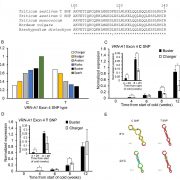
VERNALIZATION1 controls developmental responses of winter wheat under high ambient temperatures (Development)
Plant Science Research WeeklyIn bread wheat, the VERNALIZATION 1 (VRN1) gene is induced after cold exposure and short days, promoting flowering. In some species the vernalization effect of cold temperature can be lost or reversed after a short exposure to a high temperature (∼35°C); this process is referred as de-vernalization.…
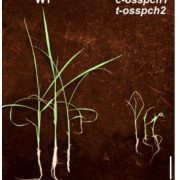
Multiple transcriptional factors control stomata development in rice (New Phytol) ($)
Plant Science Research WeeklyIn the model plant Arabidopsis, stomatal development occurs in a scattered pattern with that avoids direct contact between them. In rice and other monocots, the stomata are distributed in a uniformly oriented manner. Such unique patterning and morphology of stomata intrigued Wu et al. to examine if the…
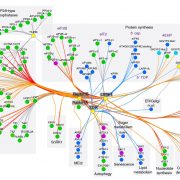
The phosphorylation and protein interaction landscape of the plant TOR kinase (Nature Plants) ($)
Plant Science Research WeeklyThe TOR (target of rapamycin) is a conserved regulator of cellular homeostasis and energy status in several clades of life. TOR signaling is well studied in animals while precise regulation and downstream targets of TOR kinase are not very well explored in plants. Some well-studied TOR kinase targets…
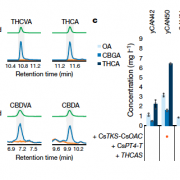
Complete biosynthesis of cannabinoids and their unnatural analogues in yeast (Nature) ($)
Plant Science Research WeeklyCannabis sativa L. produces cannabinoid compounds that interest the medical community for the treatment of symptoms that may be difficult to suppress with common medical treatments. Research on cannabinoids is limited by their low abundance in plant tissue and structurally complex chemical synthesis.…

Ubiquitin-dependent chloroplast-associated protein degradation in plants (Science) ($)
Plant Science Research WeeklyThe fidelity of the chloroplast proteome is a major factor in the functional efficiency of photosynthesis. A RING-type ubiquitin E3 ligase, SP1, is an outer envelope localized protein in the chloroplast which ubiquitinates the protein import translocases (TOC proteins) and thus target them to 26S mediated…

A rich evolutionary history of transposable element families in the maize genome (bioRxiv)
Plant Science Research WeeklyTransposable elements (TEs) make up nearly ~85% of the maize genome. Stitzer et al. report a comprehensive analysis of diverse TE families in maize based on the improved annotation of the updated B73 genome assembly. The authors found all of the known plant TE superfamilies in the maize genome, with…
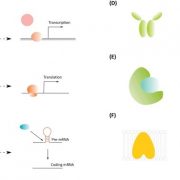
Opinion. Feeling the heat: Searching for plant thermosensors (Trends Plant Sci)
Plant Science Research WeeklyHow does a plant sense the elevation in atmospheric temperature? What are the missing links betweena rise in atmospheric temperature, its sensing, and responses triggered? Vu et al. discuss how conformational and structural changes of DNA, RNA and proteins could be the sensors to temperature change.…

Plant Science Research Weekly: March 15th
WWR Full PostReview: Linking autophagy to abiotic and biotic stress responses ($)
Autophagy means “self-eating” in ancient Greek. It’s a process in which cellular components are delivered to lytic vacuoles to be reused. This recycling process promotes abiotic and biotic stress tolerance. In this review,…
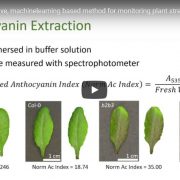
A Nondestructive, Machinelearning Based Method for Monitoring Plant Stress
Blog0 Comments
/
ASPB Conviron Scholars Research Presentation by Bryce Askley

